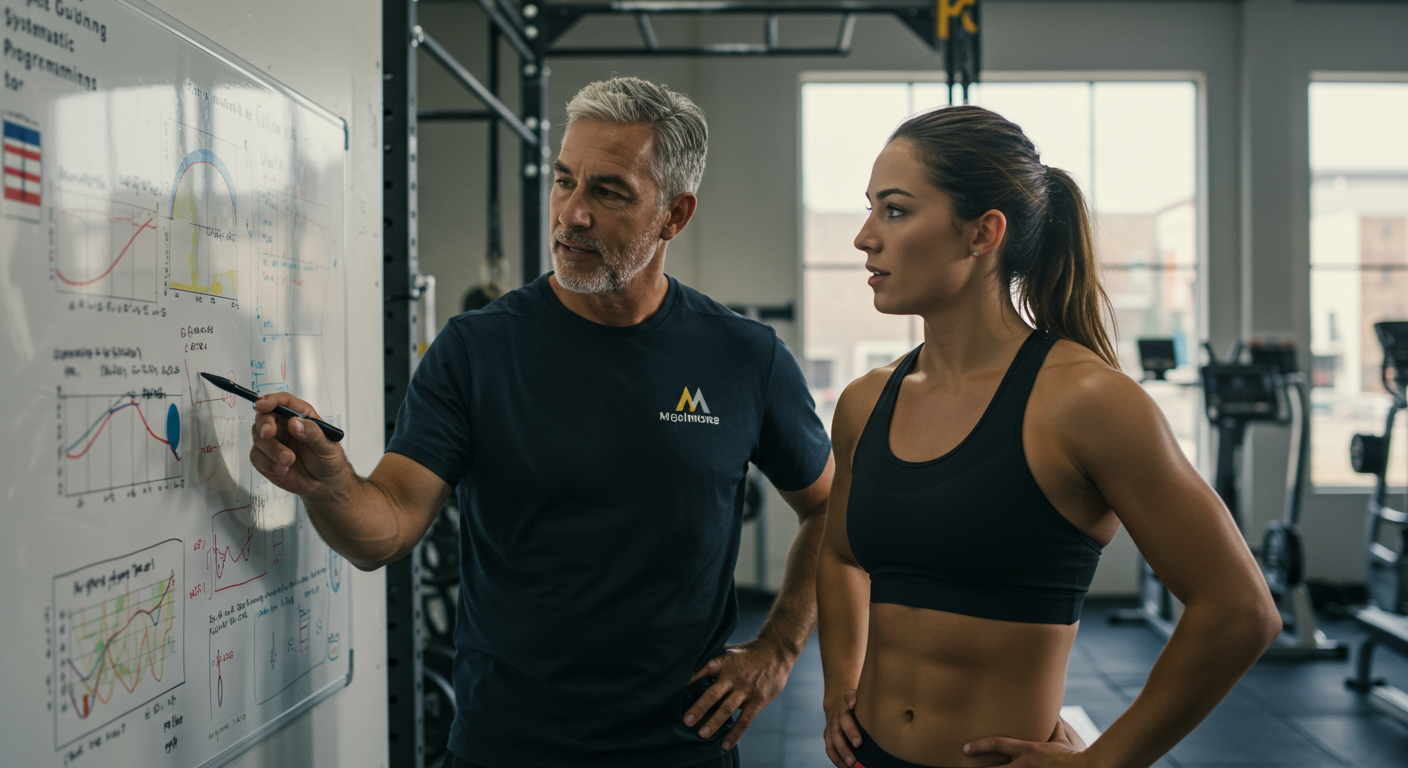What is Training Periodization?
Training periodization is the strategic planning of training variables—intensity, volume, frequency, and exercise selection—over specific time periods to optimize athletic performance. This systematic approach was developed by Russian physiologist Leo Matveyev in the 1960s after studying Soviet Olympic athletes.
The foundation of periodization is the General Adaptation Syndrome (GAS), which describes how the body responds to stress through three phases: alarm, adaptation, and exhaustion. By carefully managing training stress, coaches help athletes continuously improve while avoiding overtraining.
The Three Levels of Periodization
Macrocycles: The Yearly Plan
Macrocycles are long-term plans spanning an entire training year or Olympic cycle. For competitive athletes, these are designed around major competitions to ensure peak performance at the right time.
A typical annual macrocycle includes:
- Preparation Phase (4-6 months): Building basic fitness and strength
- Competition Phase (3-4 months): Sport-specific training
- Transition Phase (1-2 months): Recovery and regeneration
Mesocycles: Monthly Blocks
Mesocycles are 3-6 week training blocks that focus on specific adaptations. The traditional approach uses three weeks of progressive loading followed by one recovery week.
Common mesocycle types include:
- Accumulation: High-volume, moderate-intensity training
- Intensification: Lower volume with higher intensity
- Realization: Competition-specific training
Microcycles: Weekly Plans
Microcycles are weekly training units that allow precise management of daily workouts. Effective microcycle design considers:
- Training frequency
- Recovery between intense sessions
- Skill practice timing
- Progressive loading
Major Periodization Models
Linear Periodization
Linear periodization gradually progresses from high-volume, low-intensity training toward low-volume, high-intensity work as competition approaches. This works well for beginners and single-peak seasons.
Advantages:
- Simple to understand and implement
- Excellent for strength development
- Clear progression pathway
Limitations:
- Less suitable for multiple competitions
- Can lead to fitness decline during long seasons
Undulating Periodization
Undulating periodization varies training intensity and volume more frequently, sometimes daily or weekly. Research shows this approach produces better strength gains in trained athletes.
Daily Undulating Periodization example:
- Monday: Hypertrophy (3-4 sets, 8-12 reps)
- Wednesday: Strength (3-5 sets, 3-6 reps)
- Friday: Power (3-4 sets, 1-3 reps, explosive)
Benefits:
- Prevents training boredom
- Maintains multiple fitness qualities
- Better for frequent competitions
- Reduces plateaus



